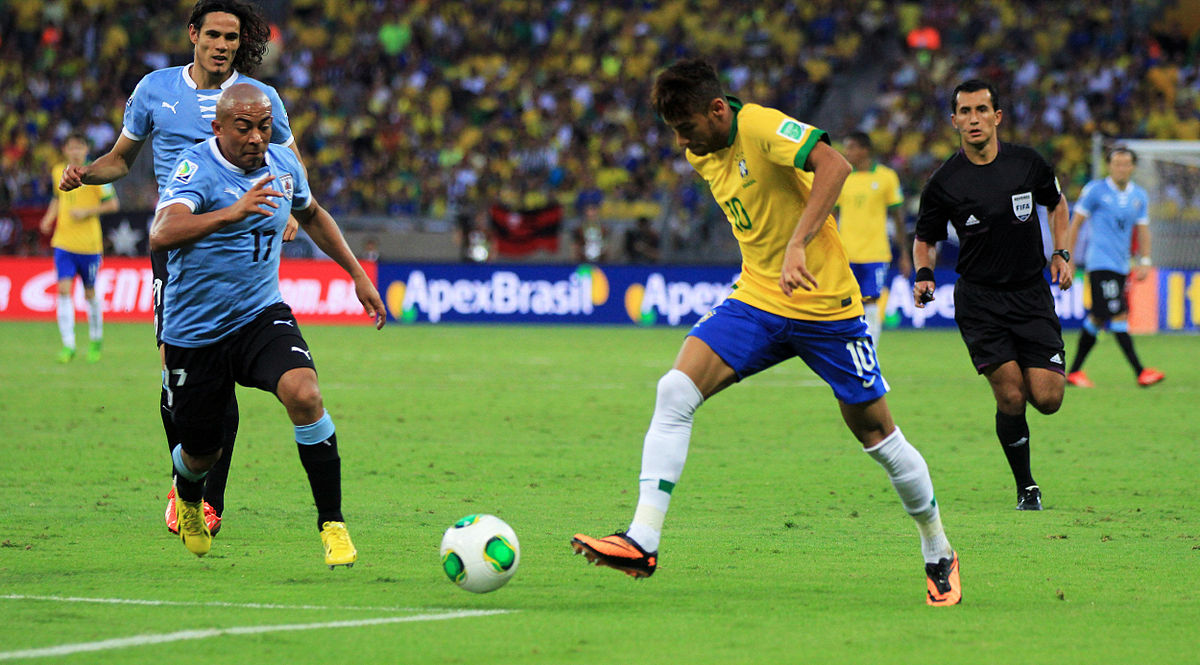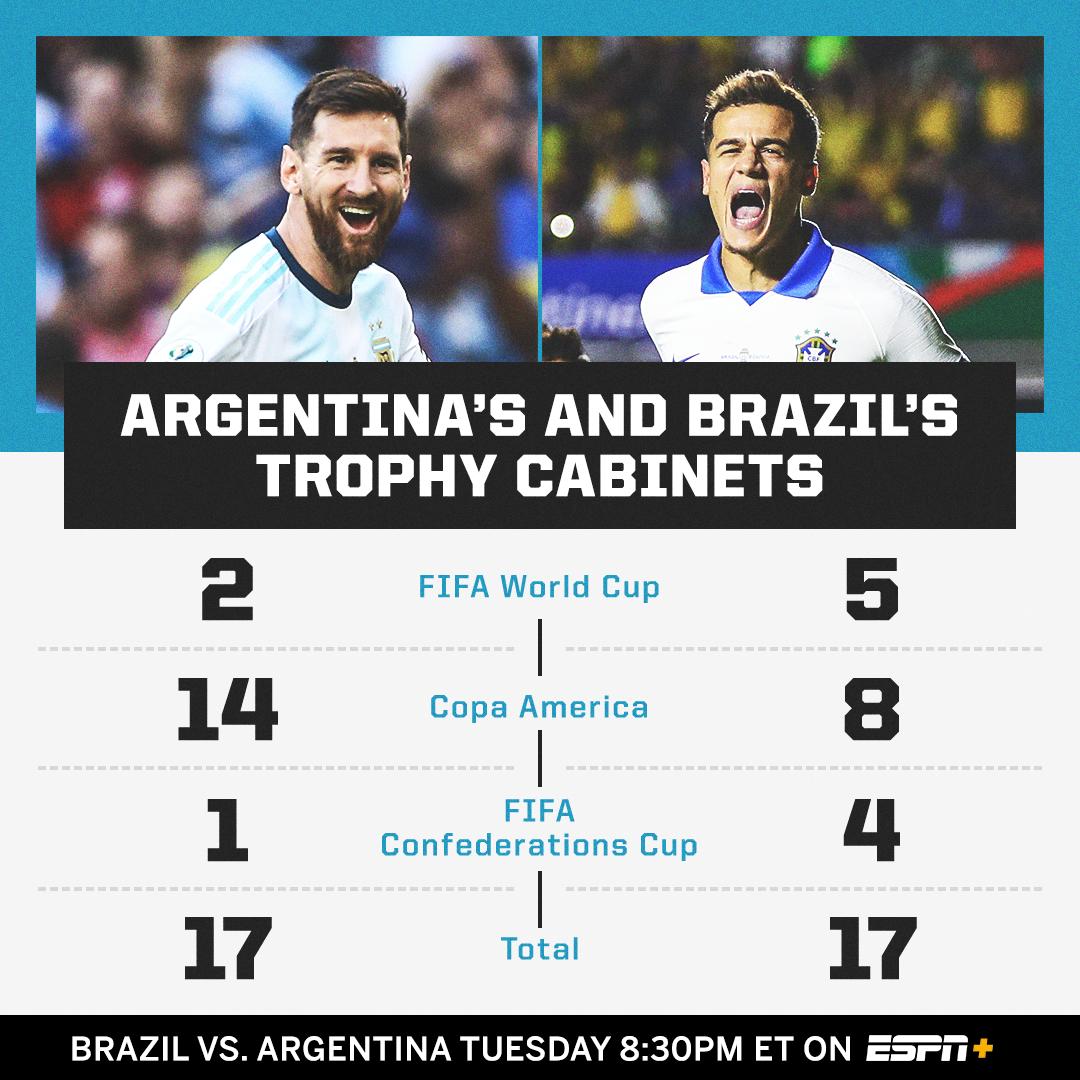“Football Rivalries in Brazil
Related Articles Football Rivalries in Brazil
Football Rivalries in Brazil

Brazil, a nation synonymous with football, is renowned for its passionate fans, legendary players, and a rich footballing history. Beyond the trophies and accolades, the heart and soul of Brazilian football lie in its intense rivalries. These rivalries, deeply ingrained in the country’s culture, transcend the sport itself, often reflecting regional, social, and even political divides.
The Genesis of Rivalries
Brazilian football rivalries have evolved over time, with many originating in the early 20th century as the sport gained popularity. The first rivalries were primarily intra-city clashes, reflecting the burgeoning urban centers and the competition for local dominance. As football became more professionalized, these rivalries intensified, fueled by increased media coverage, fan fervor, and the stakes involved in winning championships.
Key Factors Fueling Rivalries
Several factors contribute to the intensity of Brazilian football rivalries:
- Regionalism: Brazil is a vast country with diverse regions, each with its own distinct identity and culture. Rivalries often pit teams from different regions against each other, fostering a sense of regional pride and competition.
- Social Class: In some cases, rivalries reflect social class divisions. Historically, certain clubs were associated with the elite, while others were seen as representing the working class. These social distinctions have added another layer of complexity to the rivalries.
- Political Divide: During periods of political turmoil, football rivalries have sometimes taken on political undertones. Clubs have been associated with different political ideologies, and matches have become symbolic battlegrounds for political expression.
- Historical Significance: The history of matches between rival clubs plays a crucial role in shaping the rivalry. Memorable victories, controversial incidents, and legendary players all contribute to the narrative and intensity of the rivalry.
Notable Rivalries in Brazilian Football
Brazilian football boasts a plethora of intense rivalries, each with its own unique history and characteristics. Here are some of the most notable:

Fla-Flu (Flamengo vs. Fluminense): The "Clássico das Multidões" (Classic of the Multitudes) is one of the oldest and most iconic rivalries in Brazilian football. Both clubs are based in Rio de Janeiro and have a long history of competing for state and national titles. The rivalry is known for its passionate fans, colorful displays, and the sheer spectacle of the match.
-
Gre-Nal (Grêmio vs. Internacional): The "Clássico do Povo" (People’s Classic) is a fierce rivalry between two clubs from Porto Alegre, Rio Grande do Sul. The rivalry is characterized by intense passion, regional pride, and a long history of close matches. The Gre-Nal is often considered one of the most heated rivalries in Brazilian football.
-
Derby Paulista (Corinthians vs. Palmeiras): The "Derby Paulista" is a historic rivalry between two of the most popular clubs in São Paulo. The rivalry is known for its intensity, passionate fans, and the high stakes involved in each match. Corinthians and Palmeiras have a long history of competing for state and national titles, and their matches are always highly anticipated.
-
Clássico Mineiro (Atlético Mineiro vs. Cruzeiro): The "Clássico Mineiro" is a fierce rivalry between two clubs from Belo Horizonte, Minas Gerais. The rivalry is characterized by intense passion, regional pride, and a long history of close matches. Atlético Mineiro and Cruzeiro have a long history of competing for state and national titles, and their matches are always highly charged.
-
Ba-Vi (Bahia vs. Vitória): The "Ba-Vi" is a fierce rivalry between two clubs from Salvador, Bahia. The rivalry is characterized by intense passion, regional pride, and a long history of close matches. Bahia and Vitória have a long history of competing for state titles, and their matches are always highly anticipated.
-
Clássico dos Clássicos (Náutico vs. Sport Recife): The "Clássico dos Clássicos" is a historic rivalry between two of the most popular clubs in Recife, Pernambuco. The rivalry is known for its intensity, passionate fans, and the high stakes involved in each match. Náutico and Sport Recife have a long history of competing for state and national titles, and their matches are always highly anticipated.
-
Athletiba (Athletico Paranaense vs. Coritiba): The "Athletiba" is a fierce rivalry between two clubs from Curitiba, Paraná. The rivalry is characterized by intense passion, regional pride, and a long history of close matches. Athletico Paranaense and Coritiba have a long history of competing for state titles, and their matches are always highly charged.
-
San-São (Santos vs. São Paulo): The "San-São" is a historic rivalry between two of the most successful clubs in São Paulo. The rivalry is known for its intensity, passionate fans, and the high stakes involved in each match. Santos and São Paulo have a long history of competing for state and national titles, and their matches are always highly anticipated.
The Impact of Rivalries
Brazilian football rivalries have a profound impact on the sport and the country’s culture:
- Fan Culture: Rivalries fuel fan culture, creating a sense of identity and belonging for supporters. Fans invest heavily in their clubs, attending matches, buying merchandise, and engaging in passionate displays of support.
- Economic Impact: Rivalries generate significant economic activity, boosting ticket sales, merchandise revenue, and tourism. Matches between rival clubs often attract large crowds and media attention, bringing economic benefits to the host cities.
- Social Cohesion: While rivalries can be divisive, they can also foster social cohesion within communities. Fans from different backgrounds come together to support their clubs, creating a sense of shared identity and purpose.
- Talent Development: Rivalries can drive talent development, as clubs compete to sign the best young players and develop them into stars. The pressure of playing in a rivalry match can also help players develop their mental toughness and resilience.
Challenges and Controversies
Brazilian football rivalries are not without their challenges and controversies:
- Violence: In some cases, rivalries have been marred by violence, both inside and outside the stadiums. Hooliganism and fan clashes can tarnish the image of the sport and pose a threat to public safety.
- Corruption: Corruption has been a persistent problem in Brazilian football, and rivalries have sometimes been implicated in match-fixing scandals. These scandals undermine the integrity of the sport and erode public trust.
- Commercialization: The increasing commercialization of football has led to concerns that rivalries are being exploited for profit. The focus on revenue generation can sometimes overshadow the passion and tradition that make rivalries so special.
The Future of Rivalries
Brazilian football rivalries are likely to remain a central part of the sport’s landscape for years to come. However, the rivalries will need to adapt to the changing times.
- Addressing Violence: Efforts to combat violence and hooliganism must continue, with clubs, authorities, and fans working together to create a safer and more inclusive environment.
- Promoting Fair Play: Measures to combat corruption and ensure fair play are essential to maintaining the integrity of the sport and preserving the credibility of rivalries.
- Balancing Commercialization: A balance must be struck between commercialization and the preservation of tradition, ensuring that rivalries remain authentic and meaningful for fans.
Conclusion
Brazilian football rivalries are a unique and captivating aspect of the sport. These rivalries, deeply rooted in the country’s culture, reflect regional, social, and political divides. While they can be intense and sometimes controversial, they also fuel fan culture, drive economic activity, and foster social cohesion. As Brazilian football continues to evolve, it is essential to preserve the passion, tradition, and intensity of these rivalries, while also addressing the challenges and controversies that can threaten their integrity.

